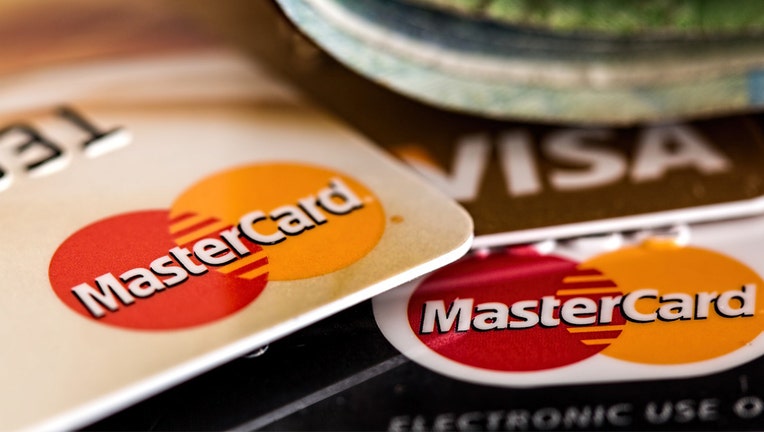How much credit card debt does the average family have?

NEW YORK - A new study done by the personal finance website, WalletHub, shows Americans are back to bad habits when it comes to credit card debt.
The average household’s credit card balance is $9,260, which is only $2,745 below WalletHub’s projected breaking point for household finances, according to the study. The number increased by 6.4% during the same time last year.
Overall, credit card debt increased by $39.6 billion during Q3 2022 (a Q3 record). The increase was 2.4 times larger than the post-Great Recession average for the third quarter of a year. Here are some tips Wallethub provided to manage credit card debt:
Make a Budget and Stick to It
It’s difficult to spend within reason or plan savings if you don’t know how your monthly spending compares to your take-home pay, or where that money is going. That is why you should rank-order your expenses, including emergency fund contributions, debt payments and other savings, and trim the fat, if necessary. Most importantly, once you develop your budget, make sure to stick to it or else you’ll have simply wasted your time.
Build an Emergency Fund
With a safety net of cash to fall back on, you won’t be as likely to fall behind on your bills in the event of unplanned joblessness or emergency expenses. Your goal should be to gradually save about a year’s worth of after-tax income, meaning, set aside a little bit every month until you’ve got a nice cushion.
Improve Your Credit
Improving your credit standing will have a dramatic impact on the cost of your debt, and reducing the cost of your debt will allow you to pay it off faster. Better credit can also make it easier to find a job or a place to live, both of which impact your bottom line.
Try the Island Approach
The Island Approach is a strategy that involves using a collection of credit cards, with each serving a specific purpose. For example, you could transfer your existing debt to a 0% balance transfer credit card to save on finance charges and get out of debt sooner. You could use a rewards card or two, perhaps one with travel rewards and one with cash back, or maybe a store credit card, for purchases that you’ll be able to pay off by the end of the month. This will enable you to get the best possible collection of terms and also tell you when you’re overspending. Finance charges on your everyday spending cards will signal a need to cut back.
Repay Your Most Expensive Debt First
Most people with serious credit card debt have multiple balances. If that’s the case, try the "avalanche method", which means putting the majority of your monthly debt payment toward the balance with the highest interest rate and making the minimum payment required on the rest. Once your most expensive debt is paid off, repeat the process until you’re debt-free.
Evaluate Your Job Situation
In some cases, all the budgeting and planning in the world won’t be enough to solve your debt problems. You may need to explore whether higher-paying opportunities exist for people with your background or consider acquiring some new skills to make yourself more marketable. This may require a bit of an investment in yourself, but as long as you get a worthwhile return, it’s money well spent.

